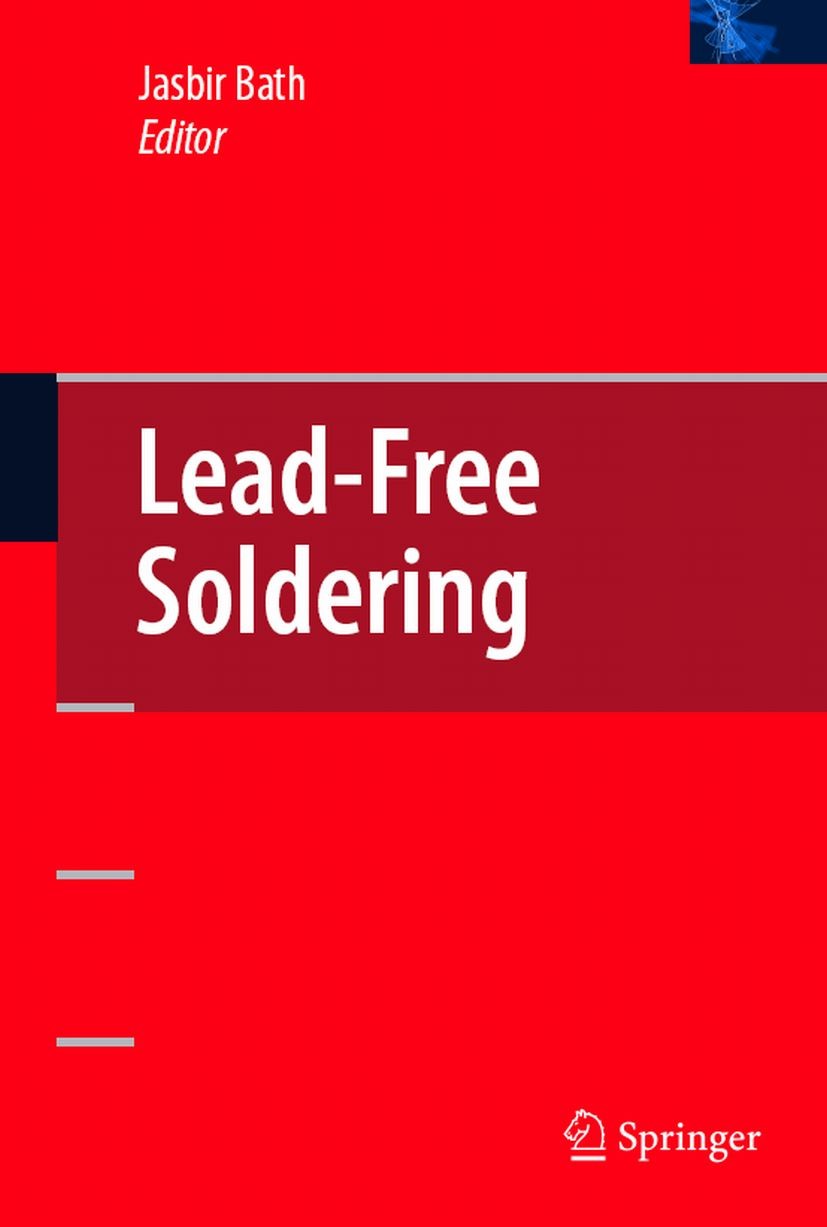| 书目名称 | Lead-Free Soldering | | 编辑 | Jasbir Bath | | 视频video | http://file.papertrans.cn/583/582219/582219.mp4 | | 概述 | Contains practical knowledge of lead-free soldering subjects which are difficult to interpret and review from other sources.Contains the latest information on proposed changes to lead-free standards t | | 图书封面 |  | | 描述 | The past few years have seen major developments in soldering materials and processes for electronics assembly manufacture due to the movement from tin-lead to lead-free soldering. The removal of lead from electronics solders due to environmental considerations first developed with proposed US legislation in the early 1990s. At that time, the alternatives had not been fully explored, so a ban on the use of lead in electronic solders was put on hold. However the seed was sown for development with various projects initiated during the 1990s in Europe, the Americas, and Asia. Based on government pressures, Japan OEMs began to move to lead-free solder products from 1998 and this, combined with the European Union ROHS (Restriction of Hazardous Substances) legislation enacted in 2006, drove the global manufacture of electronics consumer products with le- free solders. From 1998 to the present, the development of lead-free solder materials and processes has progressed to such an extent that development work moving forward will typically only concentrate on lead-free solders and components rather than tin-lead solders and components. This book aims to give the latest information on developm | | 出版日期 | Book 2007 | | 关键词 | Standard; electronics; process engineering; quality assurance; reliability | | 版次 | 1 | | doi | https://doi.org/10.1007/978-0-387-68422-2 | | isbn_softcover | 978-1-4419-4083-4 | | isbn_ebook | 978-0-387-68422-2 | | copyright | Springer-Verlag US 2007 |
The information of publication is updating

|
|
 |Archiver|手机版|小黑屋|
派博传思国际
( 京公网安备110108008328)
GMT+8, 2025-12-14 21:36
|Archiver|手机版|小黑屋|
派博传思国际
( 京公网安备110108008328)
GMT+8, 2025-12-14 21:36


